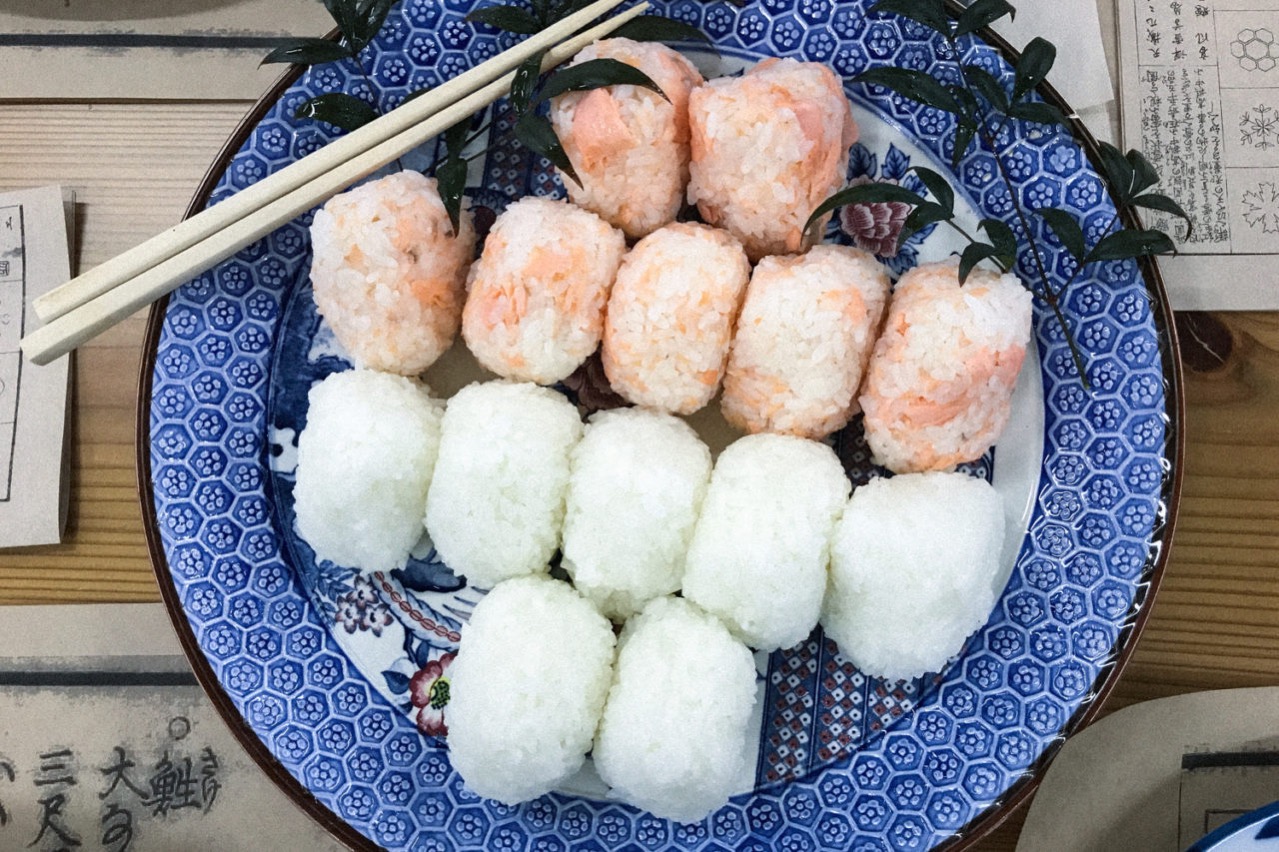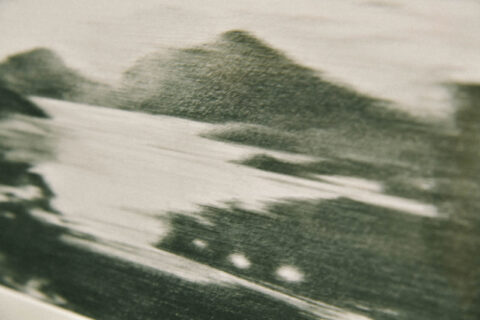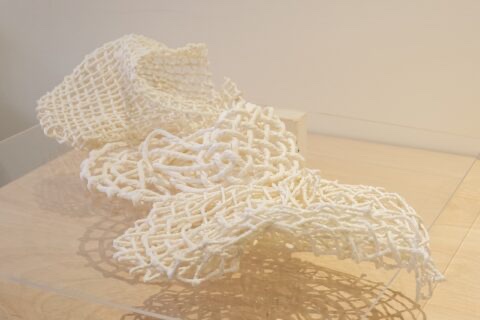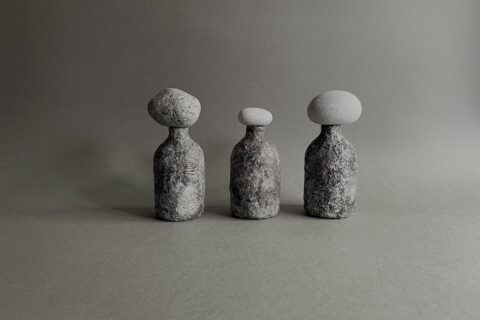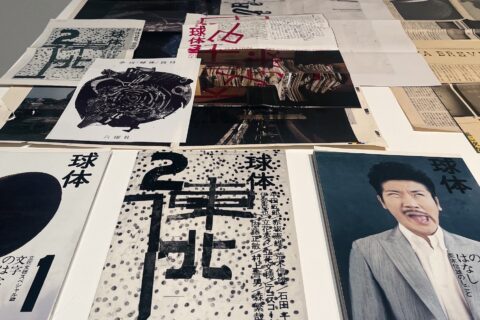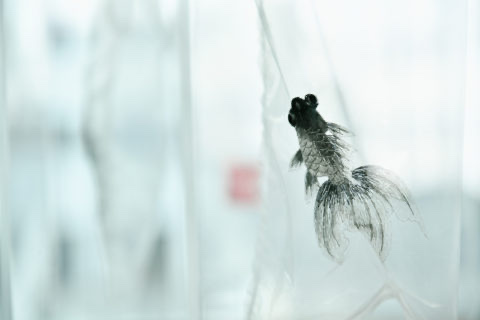
二月下旬,日本越後津南地區的氣溫仍在零度以下,積雪像厚雲。
這裡是作家鈴木牧之《北越雪譜》中的新潟縣,關於日本雪國的生活故事。鈴本在書中這樣寫著:「一年中生活于雪中時間凡八月,不見雪僅四月,而完全蟄居雪中時間卻長達半年」。在那八個月大雪的日子,每天都不見太陽,積雪把格子窗也遮蓋。好不容易看到大雪停下來,居民把靠近屋頂及格子窗的積雪鏟去,外面亮光從狹窄的縫隙透進來的時候,光芒閃爍。
This is how Bokushi Suzuki described Niigata Prefecture in Hokuetsu Seppu. In this snow country tale, Suzuki wrote, “It snows for eight months every year, only the remaining four months are free of snow. For almost half a year, the place is completely covered in snow.” In the eight months of snowy season, sunlight is a non-existence, as all the windows are covered in snow. On the lucky days when it stops snowing, people would clear the snow that has piled up on the roof and on the windows to let the sunlight seep through and shine.
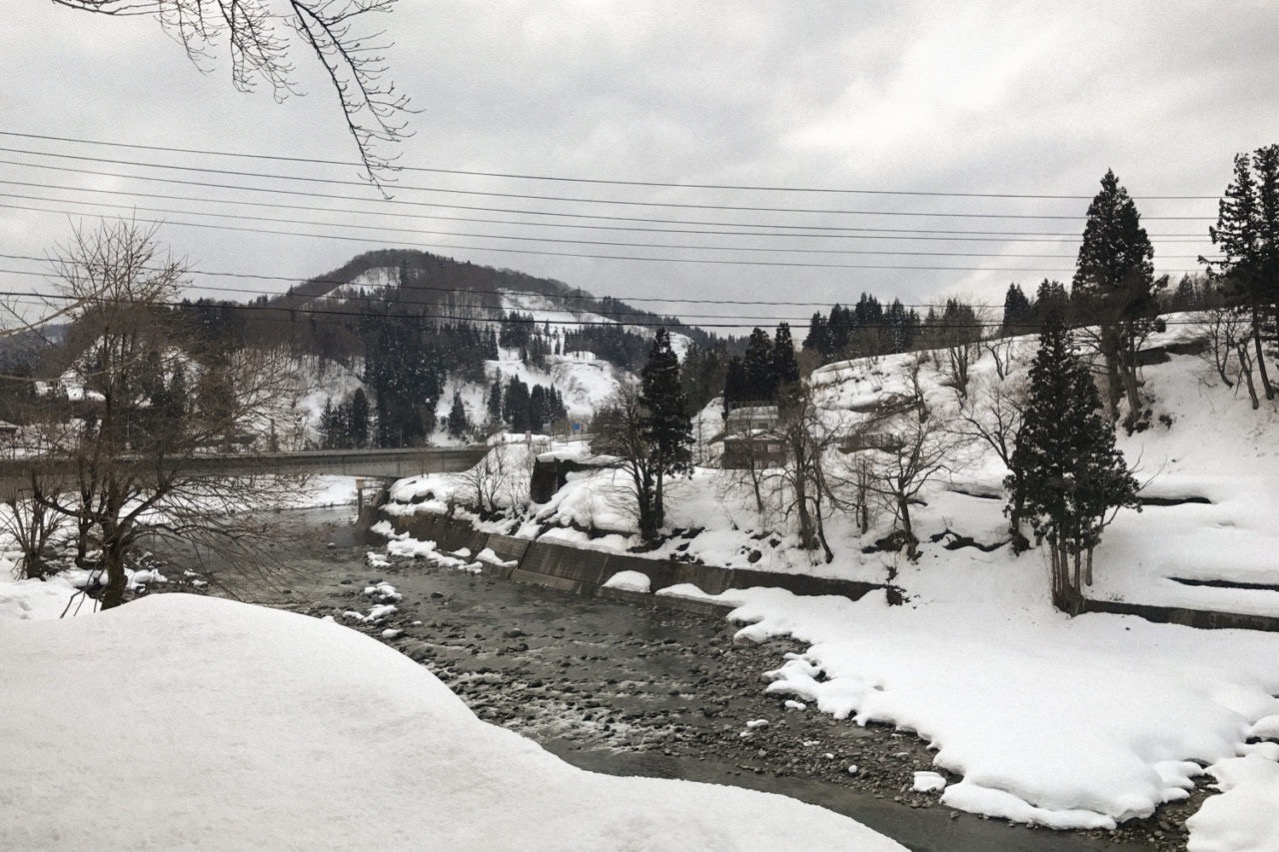
新潟是日本下雪最多的地區,寒冷的天氣卻造就這裡獨特的水土,農作物的出產非常豐富。在鈴木牧之的筆下,百多年前的雪國生活雖然寒冷,但風土人情卻令人難忘。那個時候的冬天,居民會隆重其事地舉行以用本地農產品為食材的冬天盛宴。到後來,跟大部份鄉村命運一樣,年青人離鄉到城市工作,故鄉的傳統慢慢消失。十多年前,三年一度的「越後妻有大地藝術祭」在這裡開展,希望回復鄉村的傳統也作城鄉交流。
Niigata is the area that has the heaviest snow in Japan, however, the extreme climate brought to the region a particular type of soil that breeds a vibrant vegetation. Under Suzuki’s depiction, the snow country was freezing cold, but the people and their culture were unforgettably warm. Back in his days, the locals would showcase their local produce to prepare for a winter feast. However, as time goes by, like many other villages, young people of Tsunan left the town for job opportunities in the bigger cities and the tradition was then put to an end. Around ten years ago, the area began a new page by hosting the triennale Echigo-Tsumari Art Field, in the hope of reviving the village’s tradition and to promote a dialog between cities and villages.
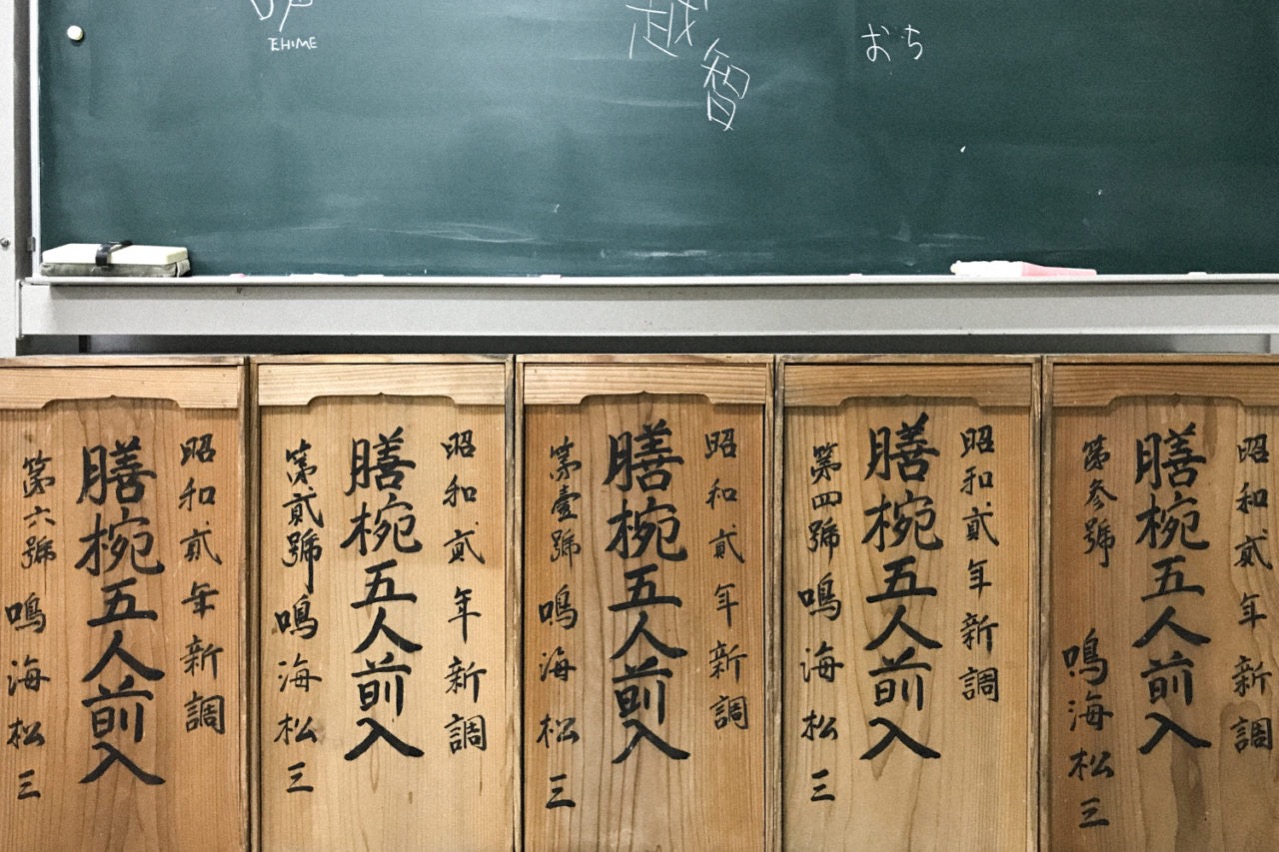
由小學改建而成的Kamigo Clove Theatre既是展覽場地,裡面也有一間小餐廳。當地婦女在那裡為參觀人士下廚,以當地食材重現冬天盛宴。「我祖爺爺在世時,捕到的大馬哈魚堆積如山,太多時,說送給鄰居們,或拿到割野去賣。⋯⋯還可以抓到絨蛰蟹。捕到唇䱻就做味噌湯 ⋯⋯」桌上的小冊子這樣介紹津南的地道食材之一 —— 大馬哈魚,就是三文魚。津南的中津川河曾經是大馬哈魚活躍之地,它們從這裡潛過水壩奔向大海。大馬哈魚沙津就是用當地三文魚製成,還佐以當地產的清酒製成的醬汁。
Kamigo Clove Theatre is a theatre / exhibition venue transformed from a primary school. In the restaurant of the venue, women of the area use local produce to recreate the old-time winter feast for the visitors. “My late great grandpa was great at catching oncorhynchus keta. When his catch was more than enough he would share with his neighbors or sell them in Warino. Sometime he also caught Chinese mitten crab. He would also make miso from the hemibarbus he caught.” This is how their brochure describes oncorhynchus keta, one of the local catch of Tsunan which is more commonly known as chum salmon. Nakatsugawa River in Tsunan was once a habitat of chum salmon, where they swam through the dam to reach the vast ocean. People use the local catch, matching with the sauce made with the local sake, to prepare their signature salmon salad.
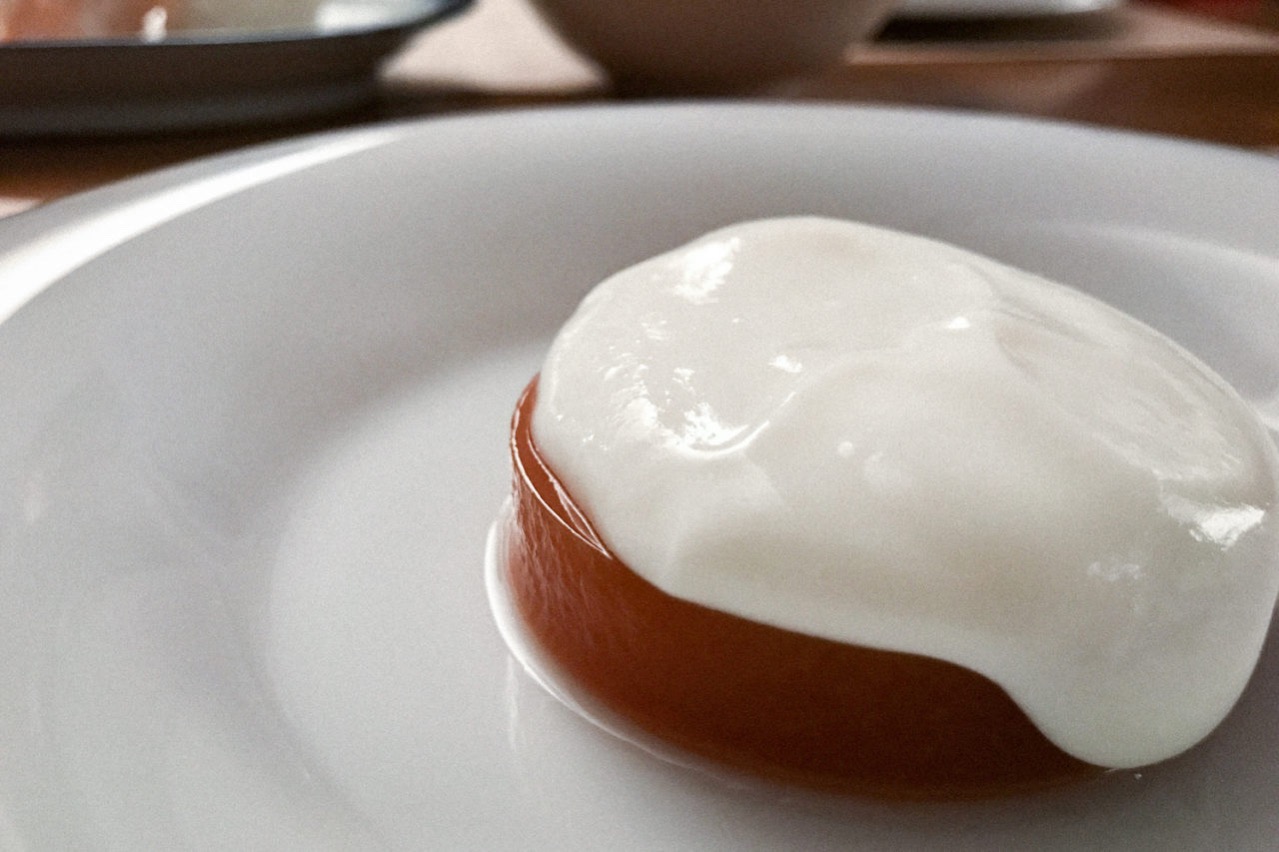
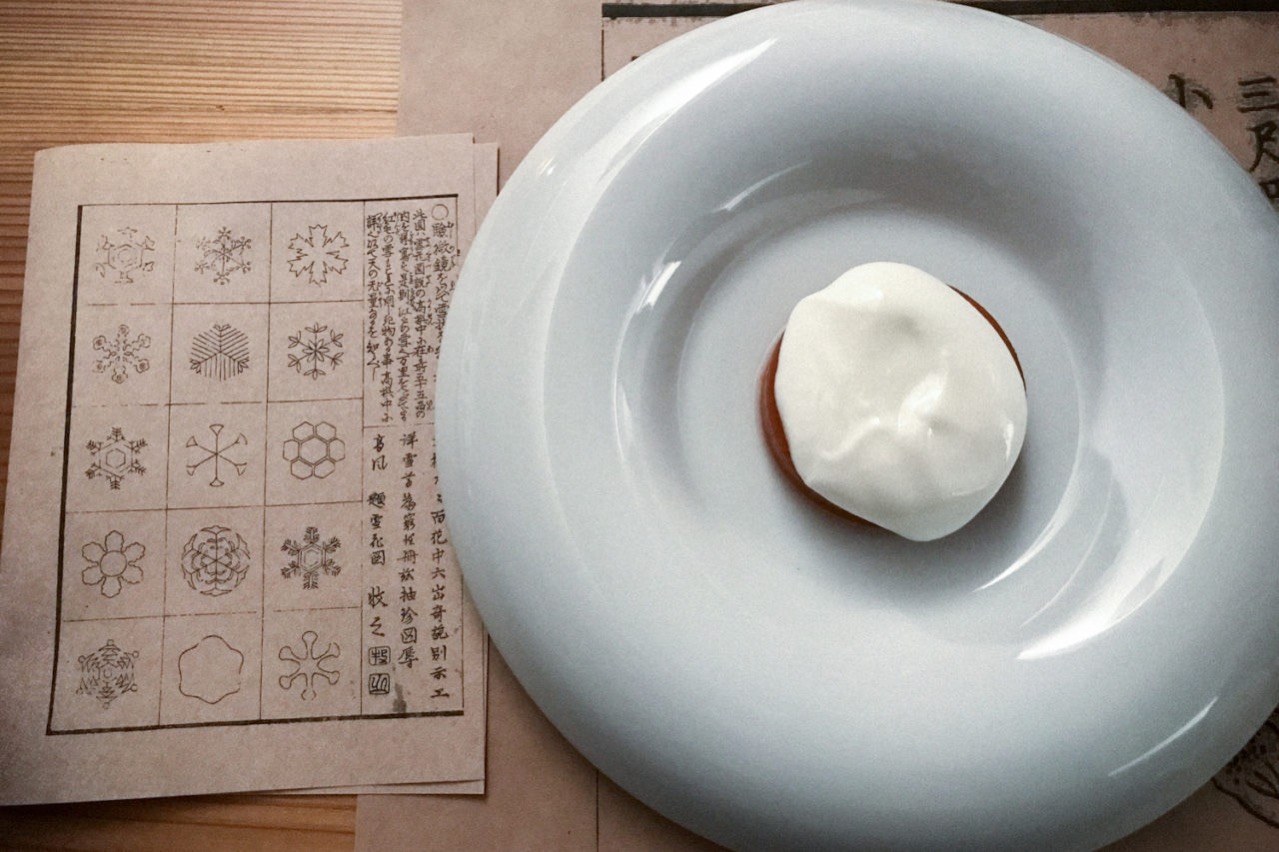
每年到了四月積雪開始融化,去年秋天時種下的蔬菜在融雪中露出嫩芽。雪下得多,山菜的苦味加重口感更好。「雪下人蔘」是當地獨有的一種紅蘿蔔,種在雪中因此糖份被儲存著,春天收成時份外的甜美。婦女們把當地紅蘿蔔做成果凍,還加上一層白色奶油,將雪下人蔘這個名字活潑呈現。每道菜之間,她們還會跟參觀人士說唱當地的故事。
她們說:「夏天時漫天雪白會被滿山翠綠取代,秋天時群山盡染嫣紅,一定要再來玩啊。」
They said, “When the snow melts, the greens thrive in summer, and the autumn foliages turn the mountain into a beautiful red blanket. I hope to see you here again!”
